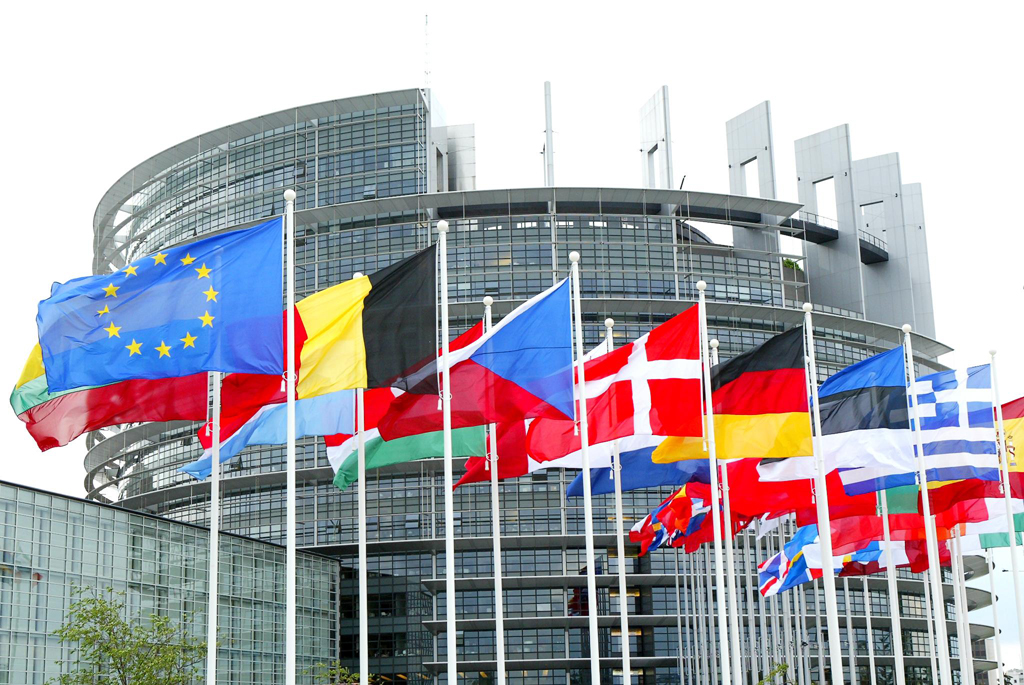 LONDON: A recent rally in euro zone government bonds was stopped in its tracks on Thursday as the Bank of England raised interest rates for the first time in a decade and the US Federal Reserve stayed on course for a hike at the end of the year.
LONDON: A recent rally in euro zone government bonds was stopped in its tracks on Thursday as the Bank of England raised interest rates for the first time in a decade and the US Federal Reserve stayed on course for a hike at the end of the year.
Debt auctions from Spain and France also weighed on the bloc’s benchmark yields, many of which fell to multi-month lows after the European Central Bank extended its monetary stimulus programme last week.
The ECB’s easing bias contrasted with the US Federal Reserve, which on Wednesday pointed to solid economic growth and a strengthening labour market, in a sign that it is on track to lift interest rates in December.
There were hopes of more certainty around the future path of monetary policy in the world’s largest economy on Thursday with President Donald Trump expected to nominate Jerome Powell as the next head of its central bank.
In Britain, policymakers raised rates for the first time since 2007 on Thursday, reversing last year’s emergency cut after Britain voted to leave the EU. The Bank of England added that it expected only “very gradual” further increases over the next three years.
“Despite the symbolic significance of today’s rate increase, this will be a very shallow and gradual tightening cycle,” Aberdeen Standard’s chief economist Jeremy Lawson said.
“If we are right about the outlook for UK policy rates, the pace of the BoE’s tightening cycle will be intermediate between that of the Fed on the one hand, and the ECB and the Bank of Japan on the other.”
Aberdeen Standard expects at least five US rate increases over the next two years. Money market pricing suggests the ECB will not hike rates until after current President Mario Draghi’s term ends in October 2019.
German 10-year yields – the bloc’s benchmark – rose as much as 3 basis points to 0.40 percent, but then dropped back to 0.37 percent as investors focused on the caution expressed by the Bank of England at its meeting.
Italian equivalents – which have seen some of the biggest falls since last week’s ECB meeting – were also unchanged on the day at 1.80 while Spain’s 10-year borrowing costs rose a touch to 1.49 percent.
Greek bond yields bucked the trend, with yields falling sharply as investors expected the country to soon launch a mammoth debt management exercise.
The yield on Greece’s bond maturing in 2042 has fallen below 6 percent for the first time in 3-1/2-years, according to Tradeweb data.
France and Spain sold around 13 billion euros of bonds on Thursday, which added to the upward pressure on yields as investors sold outstanding debt to make room in portfolios for the new supply.
Source: Brecorder.com



























